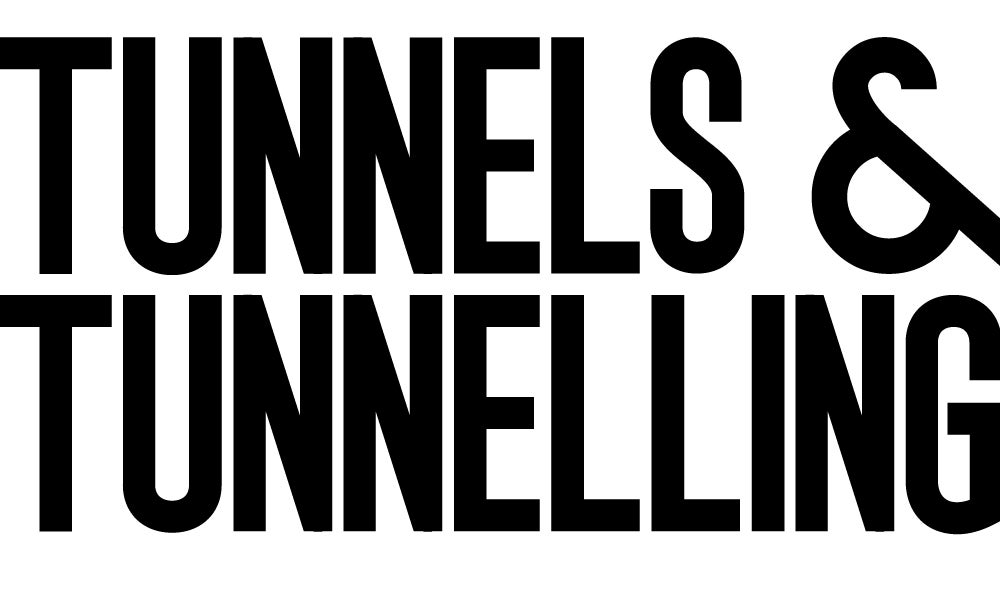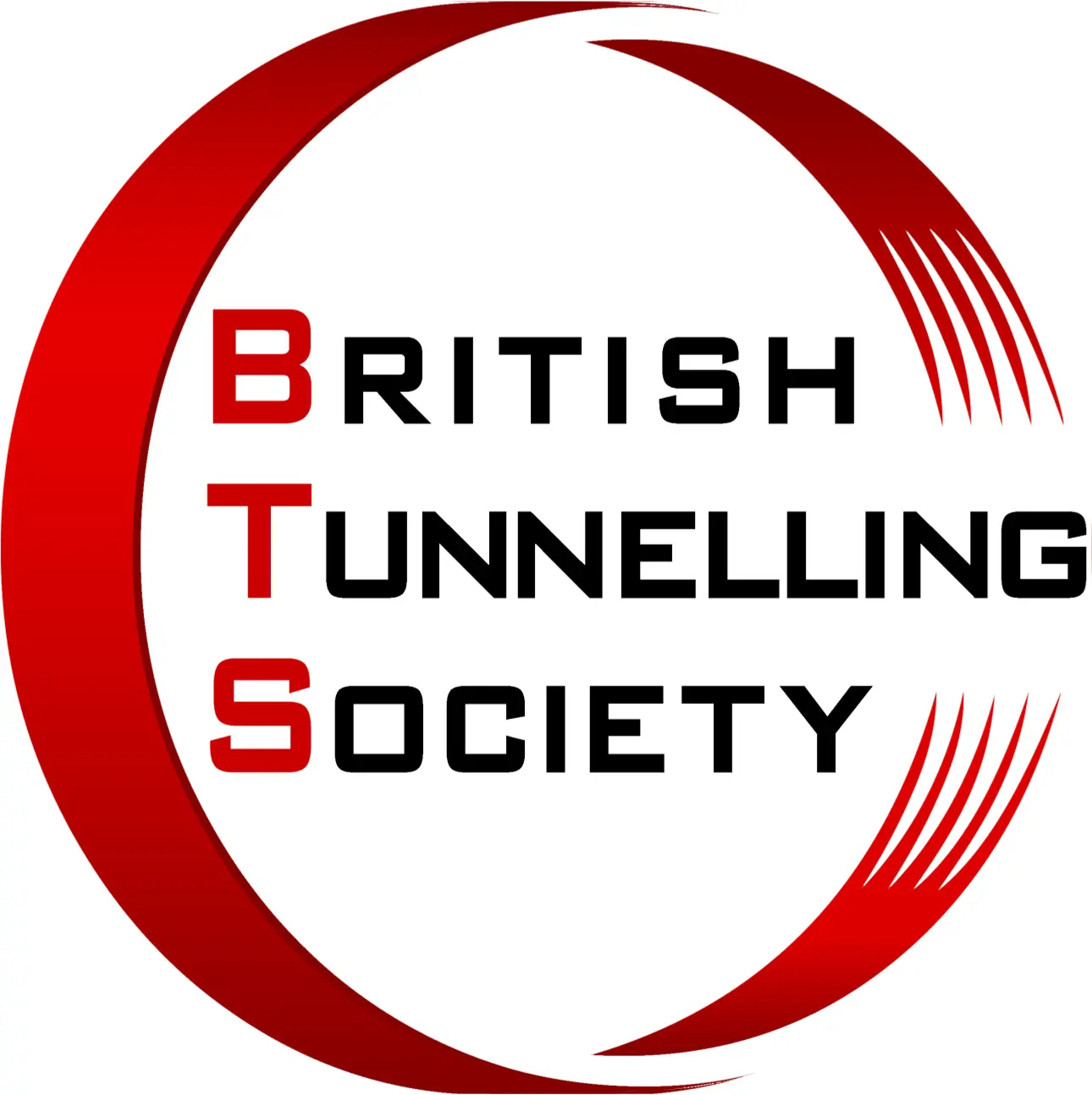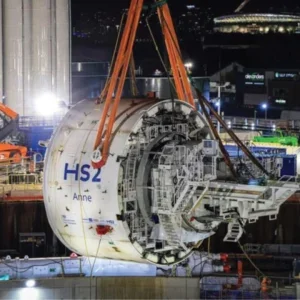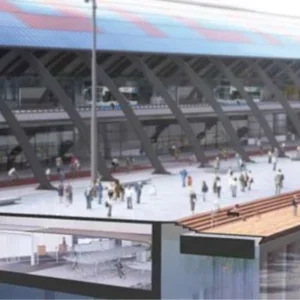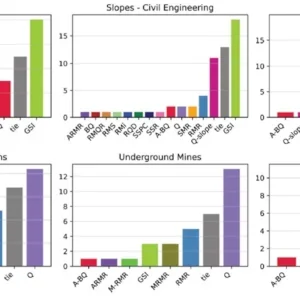The speed of growth across all of Asia is offering the greatest challenges and the greatest opportunities. The seizing of these opportunities by those with the right experience and know how can overcome all of the challenges to meeting demands.
Throughout Asia growth is feeding growth. The economies are powering through the global downturn at such speed that many expect a shift in world power from west to east.
In many cases the least developed areas are seeing the fastest growth. Over the next decade, population migration within China will bring about some 170 cities with a population of more than a million. That is drastically more than Europe’s 70 cities.
The population migration is coupled with a growth of the middle class, which demands higher standards of living. All of these cities will need underground infrastructure, as they develop to meet these standards. The usual utility services will need to be constructed as will transport infrastructure. Metro systems are already under construction in Xi’an, Chengdu and Chongqing – to name just a few.
This development is not limited to China of course. The special report in this month’s T&T Asia focuses on the Middle East. In Abu Dhabi massive sewer developments are under construction (see page 14) to further the regions growth. In Cairo metro developments are going ahead to help alleviate congestion in the most populated parts of the city.
But with these opportunities come challenges. Many of the regions where growth is greatest have little or no experience in underground construction. Governments and other clients keen to further boost the local economies will be looking to invest in local construction firms. ontractors with little tunneling experience are going to need outside support from consultants or joint venture partners to bring them the expertise. They will also need to be equipped with reliable machinery and trained on how to use it.
Consultants working on some of the Himalayan tunnels have warned of the inexperience of contractors and the poor quality of equipment. Lack of experience, poor equipment or ill advice will lead to higher accident and death rates and possibly the ultimate failure of the project. So it is vital that those with the knowhow seize on this opportunity and over come the challenges.
T&T Asia is also stepping up to meet this challenge. The magazine was launched last year as a supplement to T&T International as a quarterly publication. From 2011 onwards T&T Asia will be printed bimonthly as a standalone publication to server readers throughout Asia. If you wish to contribute to strengthening T&T Asia as a resource for the tunnelling industry please get in touch with technical papers, research and hopefully invites for the magazine to visit your project.
Best of luck for the New Year!
Jon Young
